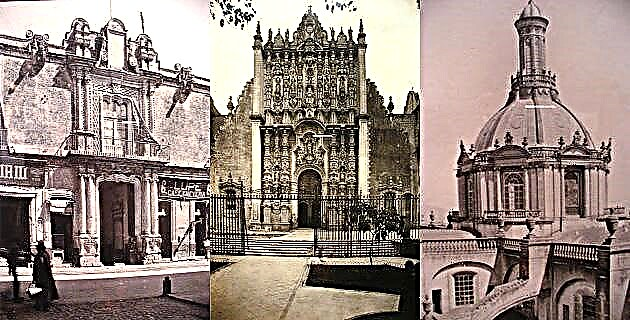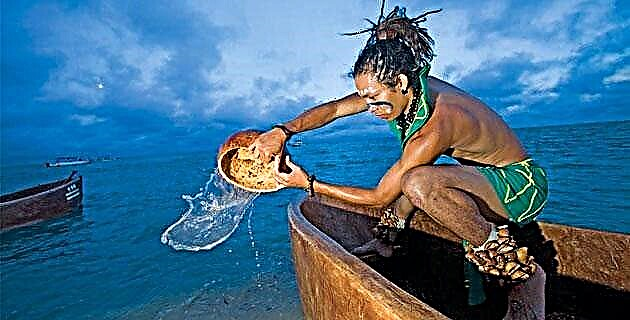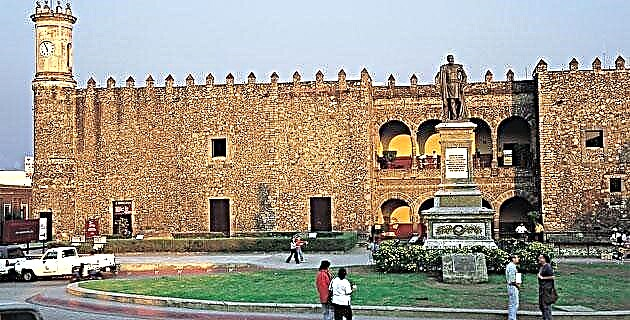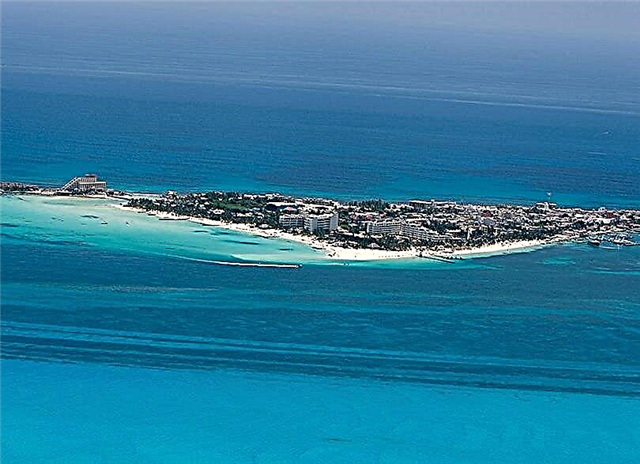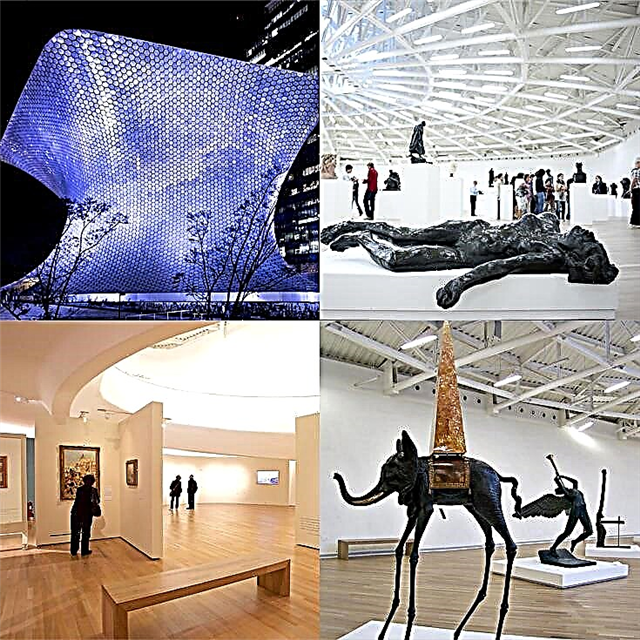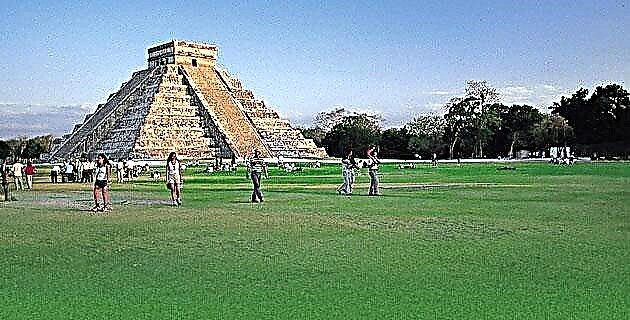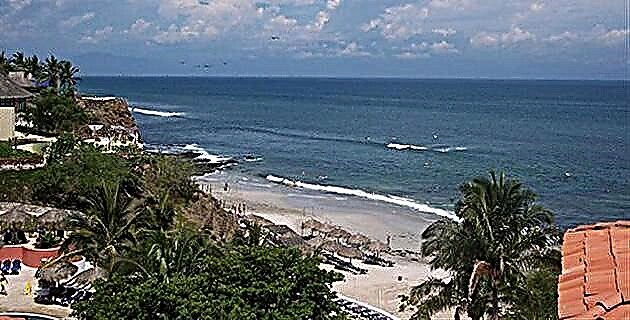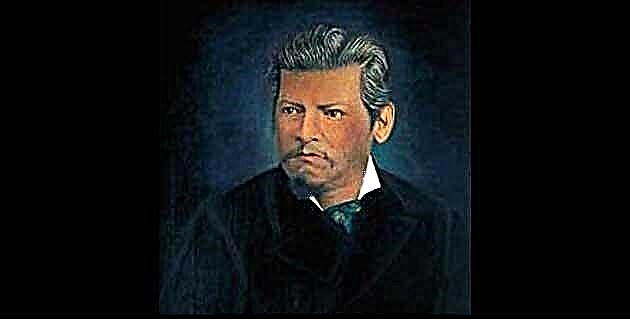
Read the complete biography of Ignacio Manuel Altamirano, an important figure in Mexican literature.
Father of Mexican literature, Ignacio Manuel Altamirano was born in Tixtla, Guerrero His parents being Francisco Altamirano and Gertrudis Basilio, both pure Indians who had taken the surname of a Spaniard who had baptized one of their ancestors.
Ignacio Manuel learned to speak Spanish only until his father was appointed mayor of the town, later he revealed himself as a advantageous student and won one of the scholarships awarded by the Literary Institute of Toluca for low-income children who could read and write. It was there that he found the one who was to be his most beloved and influential teacher: Ignacio Ramírez, the Necromancer, lawyer, journalist, member of the Lateran Academy and deputy of Constituent Congress.
Altamirano became in charge of the Institute library, assembled by Lorenzo de Zavala and devoured both classics and modern, also steeped in encyclopedist thought and liberal legal treatises.
In 1852 he published his first newspaper, The Papachos, a fact that cost him expulsion from the Institute. In that same year he began to tour the country, being a teacher of first letters and playwright and prompter in a traveling theater company, from "Comics of the league”. It was when he wrote the controversial work Morelos in Cuautla, now lost, but which gave him the first fame and afterwards some shame, it seems, because when he made the count of his works he did not recognize it.
Then he came to the City to start his law studies, specifically in the College of San Juan de Letrán, whose cost was covered thanks, again, to his teaching work: teaching French in a private school.
In 1854 he interrupted his studies to join the Ayutla revolution, who wanted to overthrow Santa Anna, the legless dictator, that so many years of pain had inflicted in the country. Altamirano went to the south of Guerrero and placed himself under the orders of the general Juan Alvarez. Thus began his political career and the swing of studying, fighting and returning to studies. After the revolution, Ignacio Manuel resumed his studies of jurisprudence, but he had to leave them again in 1857, when the war in Mexico broke out again, this time that of Reformation, which initiated the classic ideological division of the 19th century between conservatives and liberals.
In 1859 he graduated as a lawyer and, once the liberals were victorious, he was elected deputy to the Congress of the Union, where he was revealed as one of the best public speakers of his time, in several famous and fiery speeches.
Altamirano married Margarita Pérez Gavilán, a native of Tixtla also and daughter of a supposed natural daughter of Vicente Guerrero: Doña Dolores Catalán Guerrero, who had more children from another marriage. These children, Margarita's brothers (Catalina, Palma, Guadalupe and Aurelio) were adopted by the Master, who gave them his surname, becoming Altamirano's true children since he and Margarita never had children of their own.
In 1863 joined the struggle resulting from the French invasion, against them and against the empire of Maximilian of Hasburg. On October 12, 1865, he was appointed a colonel by President Juárez and all were military triumphs. Participated in the Queretaro site, where, legend has it, he was a true hero and after defeating the imperial forces of Maximilian of Hasburg, he had an encounter with him, of whom he makes a portrait in his Diary.
In 1867 he retired forever from arms: He once declared that he liked a military career but was inspired rather by the Renaissance ideal of the "man of arms and letters." Once the Republic was restored, he declared: "my mission with the sword is over" and devoted himself entirely to letters.
THE LITERARY LIFE OF IGNACIO MANUEL ALTAMIRANO
This fact, however, did not separate him from politics since he was a deputy to the Congress of the Union for three periods and, in this, his legislative work remained the principle of free, secular and compulsory primary education for which he delivered the exemplary speech of February 5, 1882. It was also Attorney General of the Republic, prosecutor, magistrate and president of the Supreme Court, senior official of the Ministry of Public Works, in whose character he promoted the creation of astronomical and meteorological observers and the reconstruction of telegraphic routes.
However, his most important work was the one he developed in favor of Mexican culture and literature. Master of two generations of thinkers and writers, organizer of the famous "Literary Evenings" In his house on Calle de los Héroes, Altamirano was concerned that Mexican literature had a truly national character, that it would become an active element for the cultural integration of a country, devastated by many wars, two foreign interventions, an empire that came from Austria and with little identity as a nation. And this does not mean that he despised the culture of other parts, Altamirano was perhaps the first Mexican to explore English, German, North American and Hispanic American literature, which in his time were unknown to most men of letters.
In 1897 with Ignacio Ramírez and Guillermo Prieto founded the Correo de México, but it was not until 1859, in January, that the first issue of his magazine appeared The Renaissance, a milestone in the history of Mexican literature. From those pages, the teacher proposed to bring together writers of all faiths, adding intelligence in this, the first great work of national reconstruction.
His spirit of tolerance in the field of letters was expressed in the exhortation he made, from his magazine in conciliate intellectuals from all sides. This is how he managed to get romantics, neoclassicals and eclectics, conservatives and liberals, Juaristas and progressives, established figures and novices in letters, bohemian poets, brainy essayists, solemn historians and men of science to write there.
That was how Altamirano was the bridge between the generation of enlightened liberalism, represented by Ignacio Ramírez, Francisco Zarco, Guillermo Prieto, Vicente Riva Palacio and the generation of young writers like Justo Sierra, Manuel Acuña, Manuel M. Flores, Juan de Dios Peza and Angel de Campo.
At the end of the cycle of this magazine, he founded the newspapers The Federalist (1871) and La Tribuna (1875), formed the 1st Mutual Writers Association, being the same president and Francisco Sosa the secretary, published The Republic (1880) newspaper devoted to defending the interests of the working classes.
It was professor in the National Preparatory School, the School of Commerce, the School of Jurisprudence, the National School of Teachers and many more, for which he received the title of Master.
He cultivated the novel and poetry, short stories and stories, criticism, history, essays, chronicles, biography and bibliographic studies. His most important works are:
Rhymes (1871), where he translated the beauty of the Mexican landscape and the novels: Clemency (1868), considered the first modern Mexican novel, Julia (1870), Christmas in the mountains (1871), Antonia (1872), Beatriz (1873, incomplete), El Zarco (1901, published posthumously and that tells the adventures of a bandit, a member of the band of "Los Plateados") Y Athena (1935, unfinished). The two volumes of Landscapes and Legends (1884-1949) they bring together their works of the genre of manners, such as chronicles and portraits.
The Master Altamirano died on Monday, February 13, 1893 in San Remo, Italy, being in Europe by commission of Porfirio Díaz in the Consulate of Mexico in Barcelona and later in that of France. Don Joaquín Casasús, Altamirano's son-in-law wrote a quite famous farewell that was published later. His corpse was cremated and the ashes transferred to Mexico. Today, his remains rest in the Rotunda of Illustrious Men.


